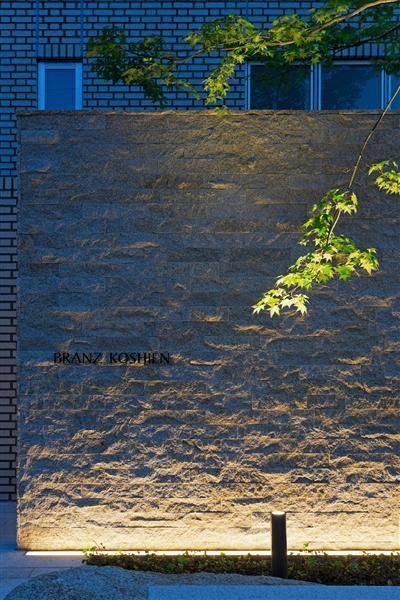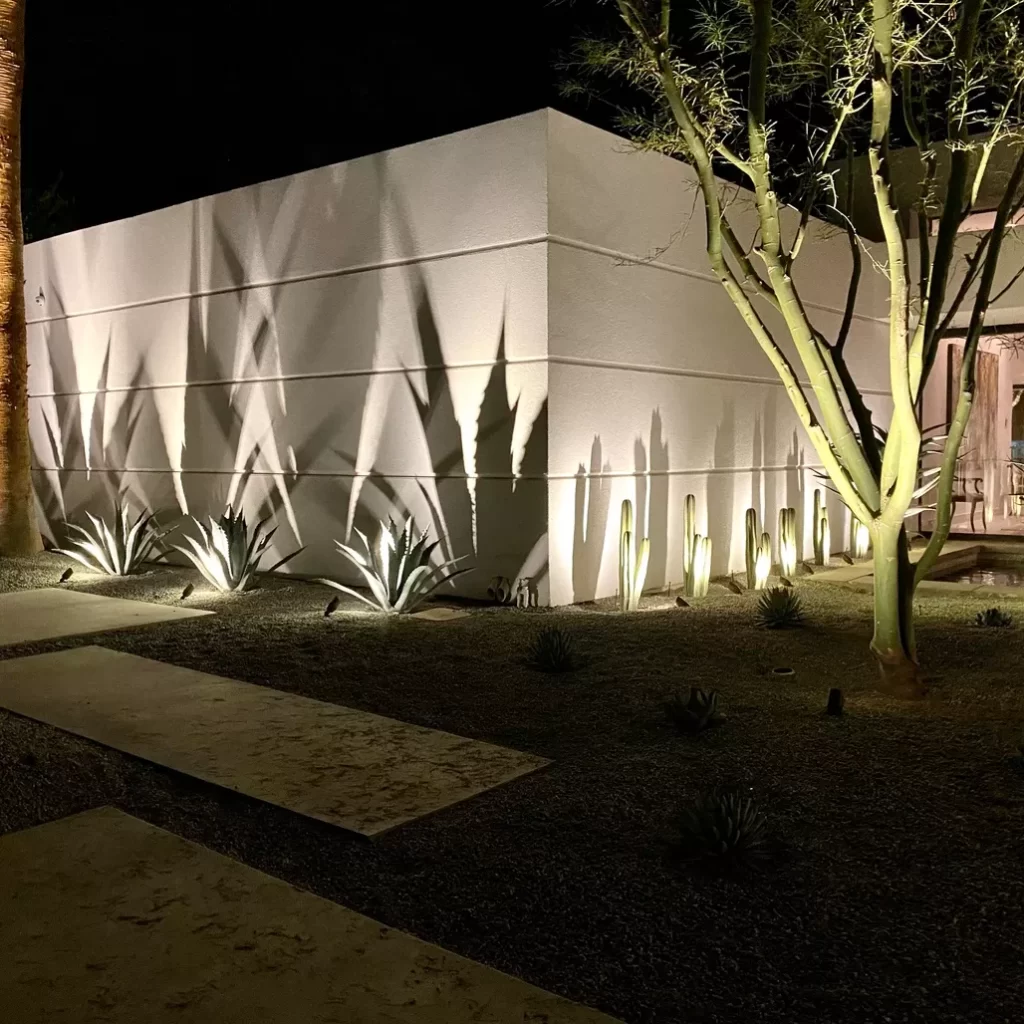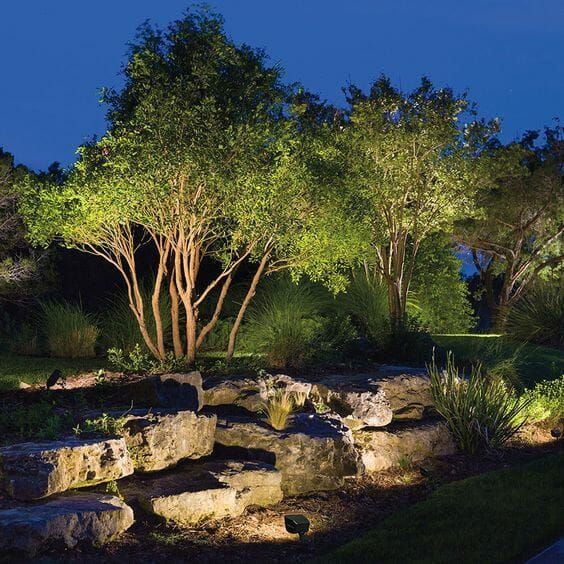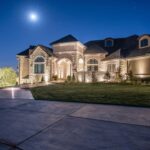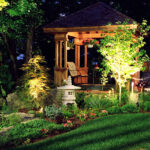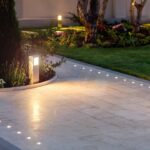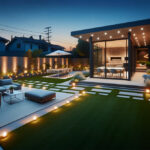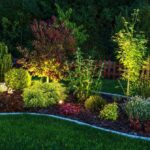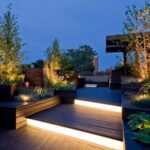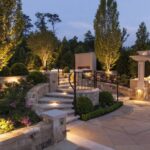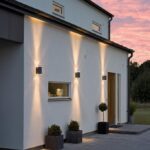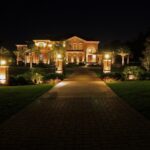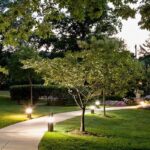Landscape lighting design is an important aspect of creating an inviting and functional outdoor space. Properly designed lighting can not only enhance the aesthetic appeal of a landscape, but also improve safety and security. When planning a landscape lighting design, it is important to consider the layout of the space, the architectural features of the property, and the desired ambiance.
One key element of landscape lighting design is layering. This involves using different types of lighting, such as uplights, downlights, and path lights, to create depth and dimension in the landscape. By strategically placing lights at various heights and angles, designers can highlight focal points, create visual interest, and guide the eye through the space.
Another important consideration in landscape lighting design is the choice of fixtures. There are a wide variety of lighting fixtures available, including spotlights, floodlights, and well lights, each with its own unique characteristics and benefits. It is important to select fixtures that are appropriate for the specific application and that will complement the overall design of the landscape.
Color temperature is also a key factor to consider when designing landscape lighting. The color temperature of a light source can have a significant impact on the mood and atmosphere of a space. Warm white light, for example, creates a cozy and inviting ambiance, while cool white light is more modern and energizing. By carefully selecting the color temperature of the lighting, designers can enhance the overall aesthetic of the landscape.
Another important aspect of landscape lighting design is energy efficiency. LED lighting has become increasingly popular in landscape design due to its energy efficiency, long lifespan, and versatility. LED lights consume less energy than traditional incandescent bulbs, making them a more sustainable and cost-effective option for outdoor lighting.
Finally, it is important to consider the practical aspects of landscape lighting design, such as maintenance and accessibility. Lighting fixtures should be easy to access for maintenance and repair, and should be weather-resistant to withstand the elements. By taking these factors into account, designers can create a well-planned and functional landscape lighting design that enhances the beauty and usability of outdoor spaces.
